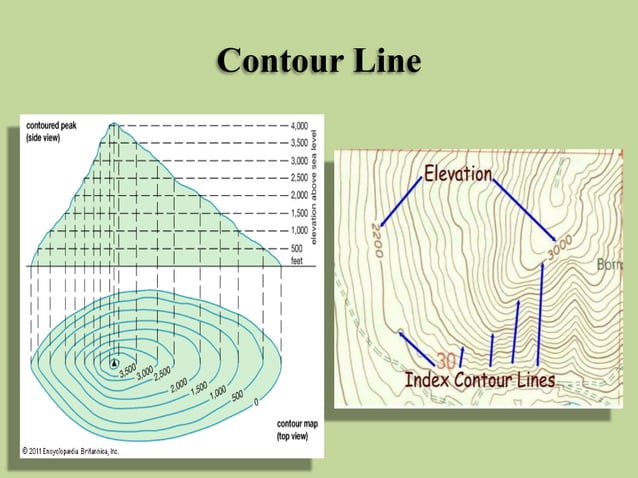

Our first step in the hypothesis testing is to try to figure out a rigorous experimental design. Given that perceptual completion is such an important problem, there are naturally several other theories in the field. Accordingly, these completions should give rise to the same behavioral results when tested. Phil Kellman and colleagues have an elegant theory, termed the identity hypothesis, which postulates that modal and amodal completion share the same underlying mechanism. Our work is related to two of our colleagues in the same department. How does the visual brain accomplish perceptual completion? This is one of the important questions in visual perception, because unraveling this question has great significance in unraveling the rest of the shape perception problems in vision. In our experiment, we use stereovision to generate one percept and, by switching the left- and right-eye images, to generate the alternative. In this alternative, the circular arc of each hole against the black square is modally perceived, whereas the occluded boundary of the square is amodally perceived. A piece of black paper with four holes is occluding the square, making only the square’s four corners visible. A black square is lying on white background. There is also an alternative percept as follows. The perceived disk counter behind the occluding square is called amodal perception, whereas the perceived boundary of the square against the black background is called modal perception. People often perceive a black square sitting on top of four white disks. Illustration of the Kanizsa square illusion. By the way, when the occluding object (or animal) in the foreground is too well camouflaged, modal completion will fail.įigure 1.


The celebrated Kanizsa square illusion illustrates all the points above (see Figure 1). In fact, our brain enhances the perceived difference between the occluding and the occluded, even though there is no physical difference. Our brain nevertheless perceives this boundary.

Modal completion occurs when part of an occluding object shares the same color as the background it occludes, such that there is no optical information about the contour boundary of the occluder. Naturally, then, the term modal completion refers to perceptual completion without occlusion. The special case of completion behind occlusion is known as amodal completion. Yet, we often seem to have a fairly good idea of what the hidden part looks like and, in particular, what the boundary contours look like. The aspect of a particular slope can be determined by examining the height and pattern of contour lines.In natural vision, an object is often partially occluded by another object. Aspect: Refers to the direction that a slope faces.Landform Shading: Colours can be used on maps, with colours darkening as elevation (height) increases (image below).When it is used in combination with spot heights, and sometimes landform shading, layer contouring can tell you a good deal about the shape of the land. Layer Colouring: Involves colouring the area between selected contours in different colours.When the spacing lines reading from high to low increases, the slope is concave (curves in like a cave). The space also represents the shape of the slope when the spacing reading from high to low decreases, the slope is convex (curved like a circle). Close together means that area is steep, widely spaced lines indicate that area is very flat. Contour Pattern: The spacing of the contours (lines) on the map shows the steepness of slopes.Every point along the line has the same value. Contour Lines: Joins points of equal height above sea level.Gives the exact height above sea level of a particular location or feature. Spot Height: Shown on the map as a black dot with the height written next to it.


 0 kommentar(er)
0 kommentar(er)
